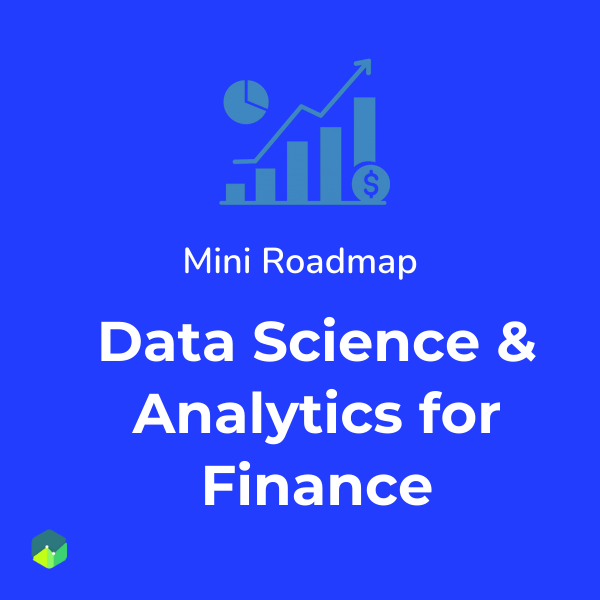Understanding Stock Quotes
Stock quotes reflect the price of a stock at any given time. They give the last price of trade. They show volatility, which can be observed if the quotes for a day show high variability. Volume of stocks should also be looked into to rule out penny stocks.
In terms of delivery, stock quotes can be historical, real time or delayed.
Historical quotes show quotes of a security over a period of time and help study its ups and downs. Real time quotes are bid and offer prices that arrive with a time lag of about a minute and are particularly useful for day traders. These quotes are availed from specialized quote agencies. Delayed quotes are called so since they arrive 10-15 minutes after the bid/offer prices are placed. Typically this information is available on television, portals or papers.
Quotes in the OTC market are referred as firm, subject or work out quotes.
A firm quote is one at which traders must be prepared to trade (at least for 100 shares or 10 bonds). All first round trades on NASDAQ must be firm.
Subject quotes are ‘subject’ to confirmation. Perhaps the trader requires more information to confirm his trade.
When the quote has a wide range and a price needs to be ‘worked out**’** in that range it is called a work out quote. It is an approximate quote, which needs to be worked upon to be firm.
In NASDAQ, quotes are classified as Level 1, Level 2 and Level 3 quotes.
Level one: merely shows highest bid and lowest offer price.
Level two: shows the bidding and offer prices of each firm. This information is used by retail traders.
Level three: Apart from having information of firm bid and offers, at this level changes can be made to the same for which market is being made. Only persons inside the firm who decide bid and offer prices access this level.

